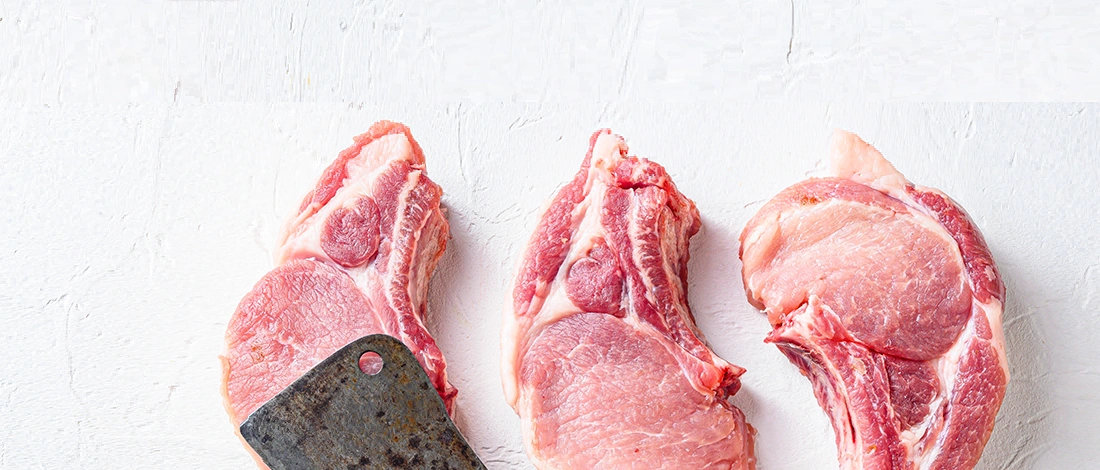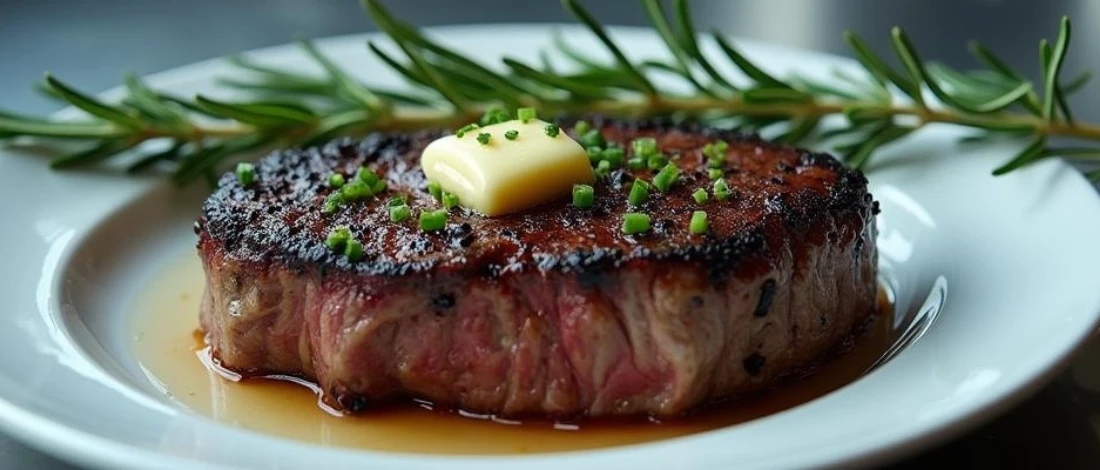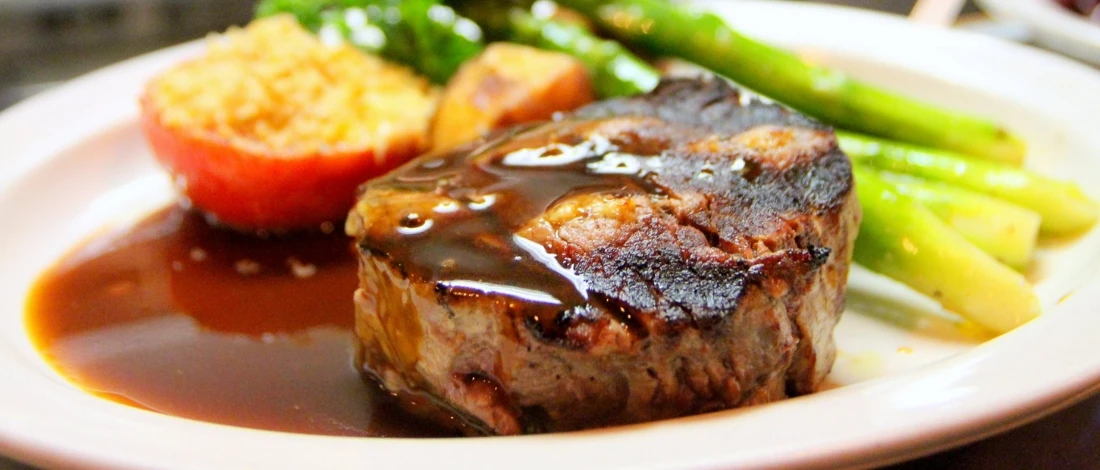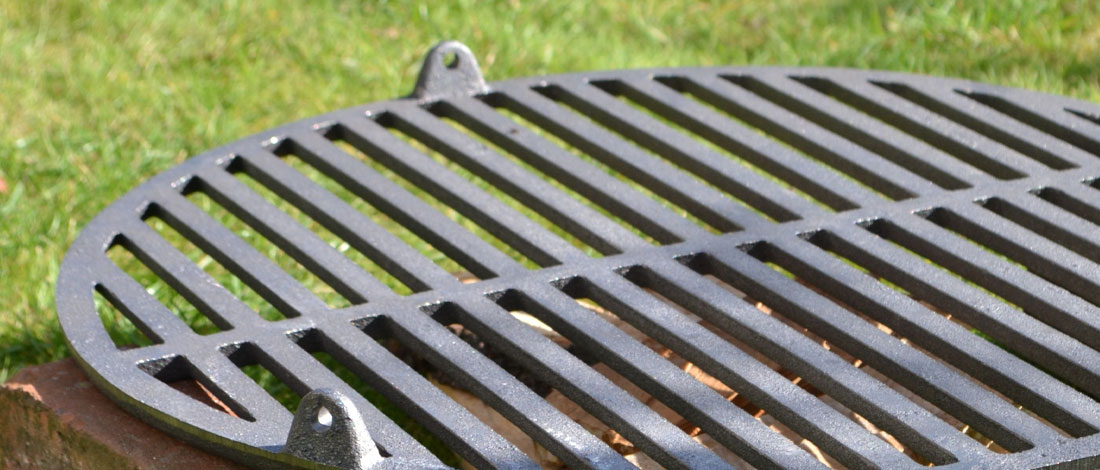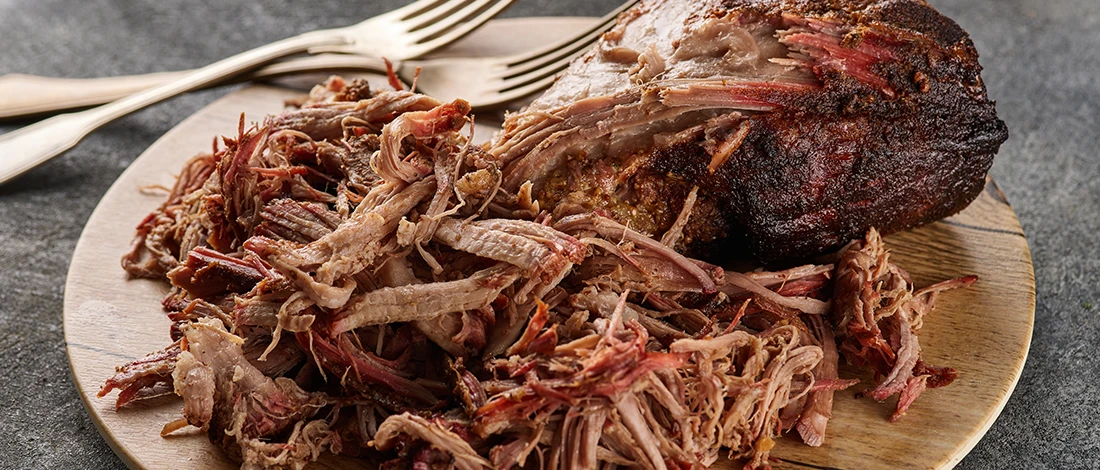Pulled pork is surely one of the most delicious, adaptable, and cost-effective crowd-pleasing meals out there. It isn't tricky, but the shredding may seem intimidating.
This was challenging even for me when I started my culinary journey. Fortunately, with the right support and tips, I mastered this skill. Now, I'm sharing it with you.
In this guide, you will find safe, fast, and tested tips on how you too can make the perfect pulled pork.
Quick Summary
- Shredding pork involves using a suitable cut of meat, slow cooking it for a long time at low heat, and then using two forks to pull it apart.
- The perfect cut for pulled pork is the shoulder due to its marbling and connective tissue.
- If the pork is not shredded, it could be due to using the wrong cut, trimming too much fat, overcooking, undercooking, or cooking too fast.
How to Shred Pork
The first step to shredding pork is getting the right cut. Without the correct choice, pulling the meat for tender pulled pork becomes impossible, regardless of barbecue sauce efforts.
1. Pork Shoulder
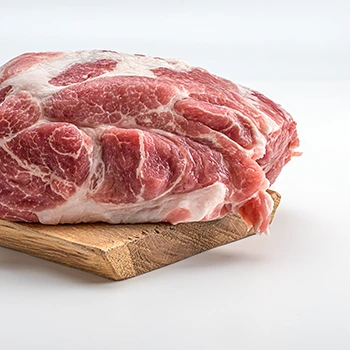
The shoulder is a fattier cut, making it juicy and perfect for shredding. The perfect cut to use for pulled pork is the shoulder. It has loads of marbling and connective tissue.
This means that the pork will soften as it slowly cooks, ultimately creating a piece of meat that almost falls apart.
Pork shoulder blade roast, pork roast, or boneless shoulder are all great for making pulled pork.
Added to that, it is easy to find and one of the most inexpensive cuts of meat for shredded pork [1].
2. Pork Loin
You can consider a pork loin for a lower fat version but be sure to follow an appropriate recipe [2].
Also Read: Pork Loin Calories
3. Boston Butt
The quick answer – a Boston butt is another name for a pig's shoulder – so it's perfect for making pulled pork [3].
How To Cook The Pork

Most recipes for pulled pork will call for long, slow, low heat cooking. The breaking down of the connective tissue takes time. You can cook your meat any way you choose, as long as it's low and slow.
1. On The Smoker
You'll need to smoke the meat for at least 4 or 5 hours [4].
2. In A Slow Cooker
The slow cooker is perfect for when you don't have time to watch your smoker for hours at a time.
First, you might need to trim some of the fat and cut the meat to fit into the slow cooker.
Next, add a sauce or broth and then set your slow cooker to cook for 5 or 6 hours on a high setting. Alternatively, cook for 10 to 11 hours on a low setting [5].
3. In The Oven
A Dutch oven with a tightly fitting lid is perfect for cooking your pork in the oven.
For tender, juicy results, keep the temperature at 350°F or less for 4 to 6 hours [6].
4. On the Stovetop
A Dutch oven is also perfect for making pulled pork on a stovetop. The meat needs to simmer for 1 to 2 hours until tender [7].
How to Shred Pulled Pork
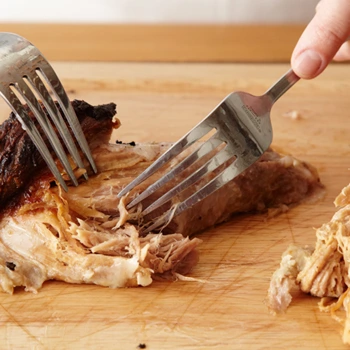
Shredding the pulled pork comes right after the cooking. This readies it for your dream sandwiches, tacos, and various pulled pork creations.
- Cut the pork butt, shoulder, or loin into large pieces on a cutting board.
- To get long, thinly shredded meat, insert two forks into a piece of meat and pull in opposite directions.
- Repeat with each piece of meat.
- Place the shredded pork in shallow containers.
- Cover and refrigerate for up to three days or freeze for up to three months.
“Two key ingredients in any successful chef: a quick learner and someone with a sharp brain.” - Gordon Ramsey, Chef
Use The Right Tools
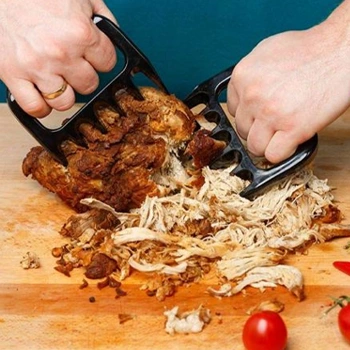
You can use a pair of sturdy forks to shred pork butt apart.
If you encounter too much resistance, it is likely because the meat is undercooked or overcooked.
Use meat claws to shred meat pieces apart.
Although time-consuming, you can use your fingers if the meat is cool enough to handle.
An electric hand mixer is excellent for quickly shredding large quantities of pork butt, but it can also result in your meat being too mushy if you overdo it [8].
Why Your Pulled Pork Might Not Be Shredding

There are a few reasons why you might find shredding pork challenging.
1. Did You Use The Wrong Cut?
Leaner cuts of meat are not ideal for making pulled pork, so if you use something other than a shoulder, such as a pork loin, make sure you're following a recipe for that particular cut of meat.
2. Did You Trim Off Too Much Fat?
You might be concerned about the amount of fat you see on the meat, but try not to trim too much fat before cooking.
The fat is key to getting tender, juicy results, and most of the fat will render out while cooking.
3. Did You Overcook The Pork?
You can easily overcook your meat if you cook it too fast over high heat. It might become dry and tough instead of being tender enough to fall apart.
Remember the keywords: "low" and "slow."
To try and save it, chop the pork into small pieces after it's time to rest.
Remember to save as much of the cooking liquid as possible to rehydrate the meat.
4. Is The Pork Undercooked?
Aside from the health issues associated with undercooked pork, if the meat has not been cooked long enough, the collagen will not have had a chance to convert into gelatin, and the fat will not have been rendered. This means your meat will still be tough.
To fix, get the meat cooking again until it is appropriately cooked and then let it rest for 45 minutes before attempting to shred it again.
5. Did You Cook The Pork Too Fast?
Even if it is not dry and tough, sometimes, if the meat is cooked too quickly at the wrong heat, it won't fall apart because the connective tissue has not had time to dissolve.
If you cook the pork too quickly, try to save it by finishing it in a crockpot or the oven with a small amount of cooking liquid or chicken stock added to the pot.
Then, slow cook it on low heat until the juicy meat is tender.
Related Articles:
References:
- https://www.finedininglovers.com/article/science-pulled-pork
- https://www.bhg.com/recipes/how-to/cooking-basics/how-to-make-pulled-pork/


